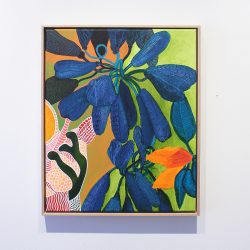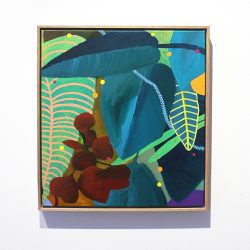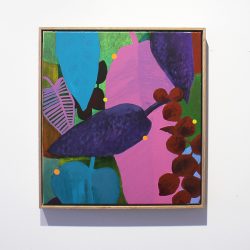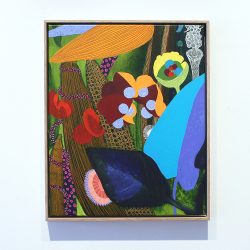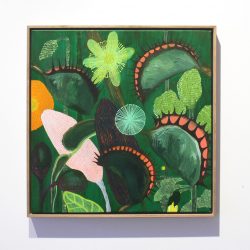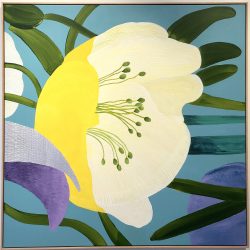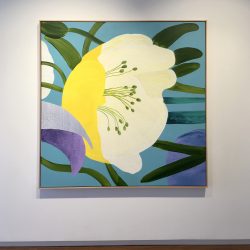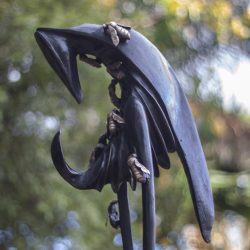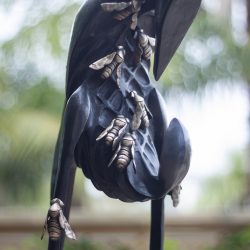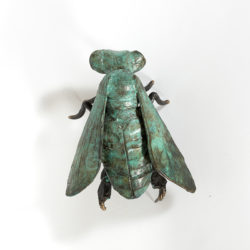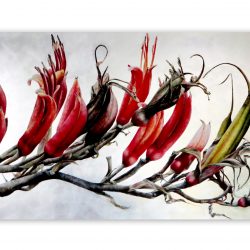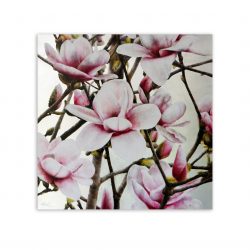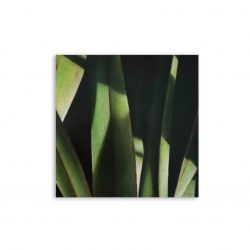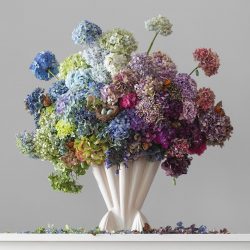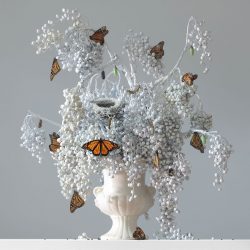Flora & Fauna
13 – 30 June
Depictions of Flora and Fauna have been some of the most constant subjects of art since the first Palaeolithic cave paintings more than 440,000 years ago. Plants, creatures and the ecosystems they create, have continued to be depicted and reinterpreted in various styles throughout history, with their significance changing over time. This exhibition takes a fresh look at four contemporary artists who playfully and successfully expand on the motifs and language of this tradition for a modern audience. Flora and Fauna features:
Michael McHugh
Samantha Lissette
Neal Palmer
Emma Bass
Michael McHugh has been painting for more than thirty years. His practice has consistently explored colour, composition and textural, abstract form with a strong connection to the natural world. McHugh collects a range of different photographs and drawings during research trips visiting museums, libraries and gardens around the world, returning to his studio to draw and create a series of collages, which lead to large format paintings.
With the use of gestural acrylic mark making, McHugh creates a layered abstraction moving between the paintings’ surface and botanical shapes. Works are sometimes sombre and brooding, and at other times energetic and vibrant, with textural layers echoing moments in time. McHugh believes constant drawing and collaging to be fundamental to his painting process. This foundation enables him to fully explore composition and vigorously push boundaries with colour and technique.
McHugh’s new paintings are a celebration of plant forms that perhaps no longer exist in the world today. The idea of having a record of what those plant forms may have looked like when they were at their very best, was the nucleus of the collection of work. Imagine no drawings or photos, no scientific records ever kept, no DNA of these plants that no longer exist in the world today.
McHugh’s imagination was left to run riot with colour, shape and form creating highly manipulated plant forms and colours that perhaps could have existed, or is that just McHugh’s imagination? He believes it’s up to the viewer to decide if his plant forms are based on the beauty of living plant forms within the world – or has the DNA been twisted so much these highly-coloured, shaped plant forms could never actually have existed and only ever be part of his imagination.
Samantha Lissette explores the relationship between ‘designed’ elements in the natural world and man’s adaptation of them – merging organic and constructed ideas, exposing an innate link between the two. There is a strong narrative quality to her sculpture, questioning aspects of the human condition; often employing humour or irony, bringing a sense of playfulness and delicacy to a medium traditionally associated with weight and substance.
Her new work speaks to shifting ecosystems and crisis among species for survival and the need for adaptation. It can also be seen as a metaphor for our own inner growth and renewal; dealing with change or upheaval or crisis; healing and allowance.
Neal Palmer establishes pattern by using repetition, scale exaggeration, the tension of intersecting angles, the sliding geometry of arcs and the power of line. His blend of naturalism and elements of photo-realism traverses the tradition of botanical painting with demonstrably brilliant technique. He also evidences an unusual and quite remarkable ability to deliver compelling, complete, works of vastly different dimension and shape.
His palette is constrained but deeply expressive. His core subject for this exhibition is flax and his goal is as much to celebrate it as to make us look anew at what we could so easily take for granted. His works are front loaded and use linear rhythms to carry the viewer’s eye in and about the composition. Important also is Palmer’s fascination with sculptural form which is revealed in each painting in many ways including the placement of flowers and seed pods in variable space.
Emma Bass’ latest works explore the boundaries of beauty and are becoming more complex, experimental pieces with multiple elements that sometimes combine her Imperfect and Embellish ethos.
These works are lusciously seductive but close up the floral compositions deliver a bite of reality. It’s here that Emma’s interest in the transient nature of beauty and a world too obsessed with perfection, are explored. These portraits of flora ‘on the turn’ honour the beauty of the imperfect and the homely. The images are a gentle contemplation upon the ‘greatness’ that exists in the inconspicuous but also trace the more intimate arc of lifespan, honing in on the quietly exquisite the artless evidence of demise.
On closer inspection in some of the images there are small details to discover ie bees, butterflies, caterpillar, crysalis (a whole lifecycle). Bass utilises the flower as a symbol of birth, growth, strength, union, decline, death and rebirth – a cycle that closely matches our own – the flowers here are starting to wilt, discolour, petals are withering, dropping, leaves are curling at the edges – these bouquets are infected with mortality.
